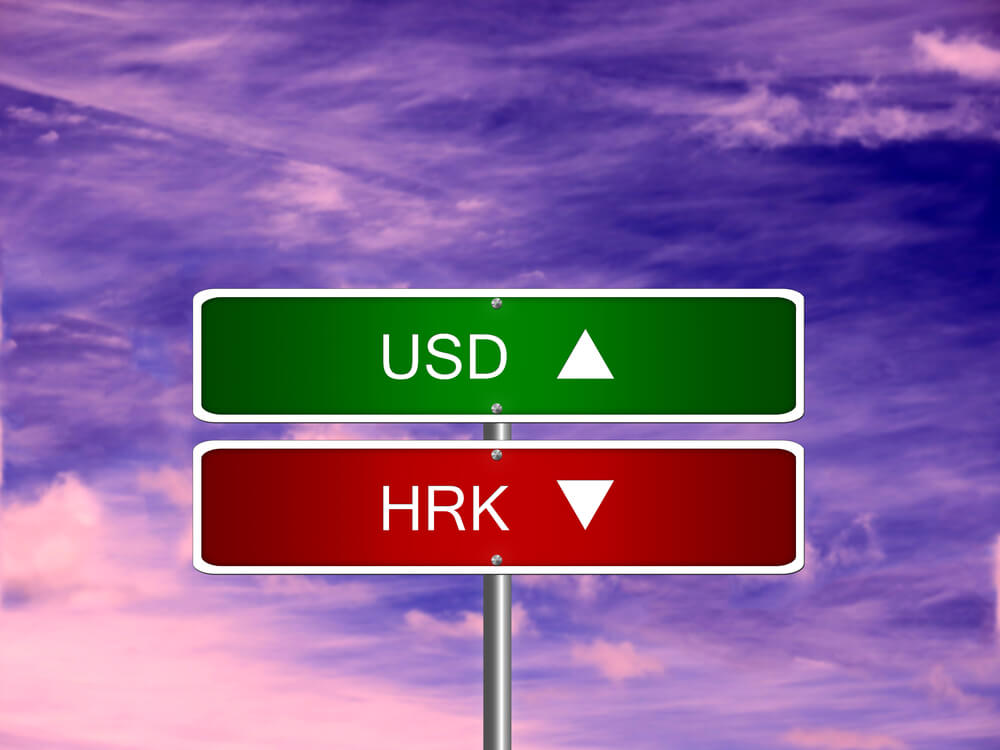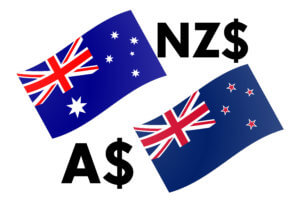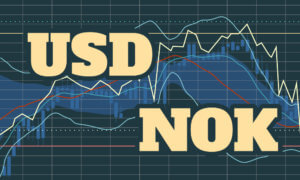Introduction
USDHRK is the abbreviation for the United States Dollar against the Croatian Kuna. Thw USDHRK is an emerging currency pair. Unlike the major/minor currency pair, this pair has high volatility and low liquidity. The volume is less too. Here, USD is the base currency, and HRK is the quote currency.
Understanding USD/HRK
The value of this pair determines the value of HRK equivalent to one USD. It is simply quoted as 1 USD per X HRK. For example, if the value of this pair is 6.6123, then 6.6123 Kuna is required to buy one US Dollar.

Spread
Spread is the way through which retail brokers make money from their clients. And it is through the difference between the bid price and the ask price in the market. This value is set by the brokers and varies from the type of execution model they use.
ECN: 25 pips | STP: 30 pips
Fees
A fee is basically the commission that you are liable to pay one each trade you make. This is similar to the one that is levied by stockbrokers. However, the fee is charged only by ECN brokers. There is no fee as such in STP accounts.
Slippage
In market orders, when you execute a trade, you don’t get the exact executed price. The actual executed price is different. This difference between the prices is what is known as slippage. Market volatility and the broker’s execution speed are two factors that affect the slippage on the trade.
Trading Range in USD/HRK
The minimum, average, and maximum volatility can be used to determine the risk of a trade. The profit/loss can be simply calculated by multiplying the volatility value with the pip value (per standard lot).

Procedure to assess Pip Ranges
- Add the ATR indicator to your chart
- Set the period to 1
- Add a 200-period SMA to this indicator
- Shrink the chart so you can assess a large time period
- Select your desired timeframe
- Measure the floor level and set this value as the min
- Measure the level of the 200-period SMA and set this as the average
- Measure the peak levels and set this as Max.
USD/HRK Cost as a Percent of the Trading Range
The total cost of the trade can be found as the sum of spread, slippage, and trading fee. This total cost is variable and is dependent on the volatility of the market. Below is the representation of the variation in the costs for different volatilities and timeframes.
ECN Model Account
Spread = 25 | Slippage = 3 |Trading fee = 3
Total cost = Slippage + Spread + Trading Fee = 3 + 25 + 3 = 31

STP Model Account
Spread = 30 | Slippage = 3 | Trading fee = 0
Total cost = Slippage + Spread + Trading Fee = 3 + 30 + 0 = 33

The Ideal way to trade the USD/HRK
The percentages in the above tables depict how the cost varies on the trade. The higher the value, the higher is the cost of the trade. Similarly, the smaller the percentages, the lower is the costs.
From the above tables, it can be ascertained that the costs are high for low volatilities, as the percentage values are high in the min column. And the costs are lower for high volatilities. So, the ideal way to trade this pair is dependent on the type of trader you are. For instance, a trader who is particular about costs may trade when the volatility of the currency pair is high. The traders who wish to keep a balance between the two may trade during those times when the volatility is around the average values.
Moreover, one may reduce their costs by trading using limit or stop orders instead of market orders. This will cut off the slippage factor on the trade and bring down the total costs pretty much. An example of the same is given below.
Spread = 25 | Slippage = 0 |Trading fee = 3
Total cost = Slippage + Spread + Trading Fee = 0 + 25 + 3 = 28






